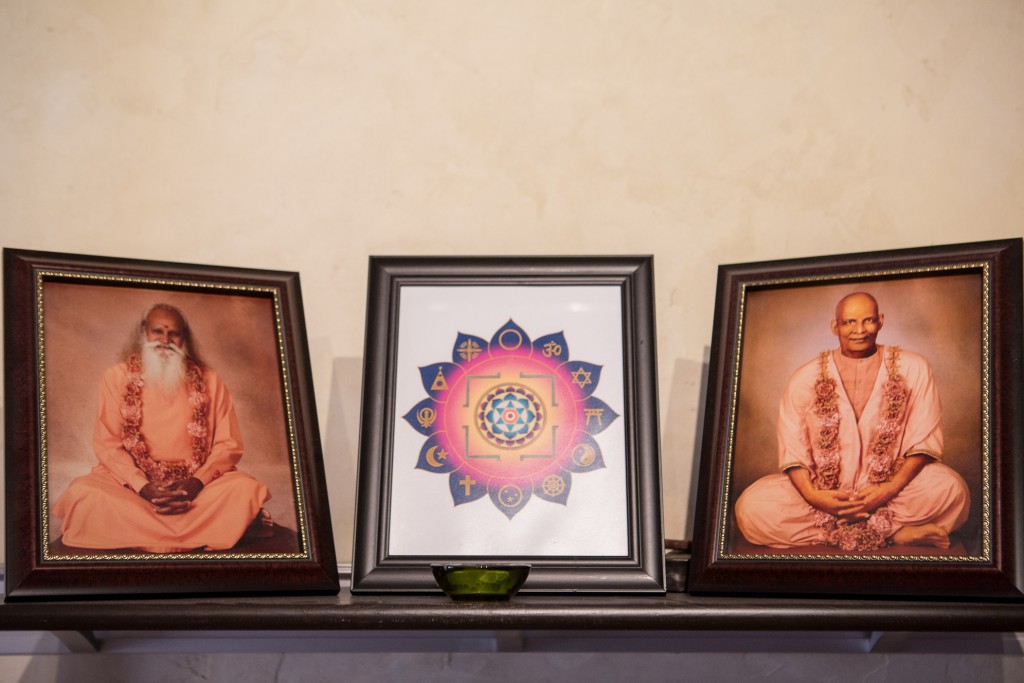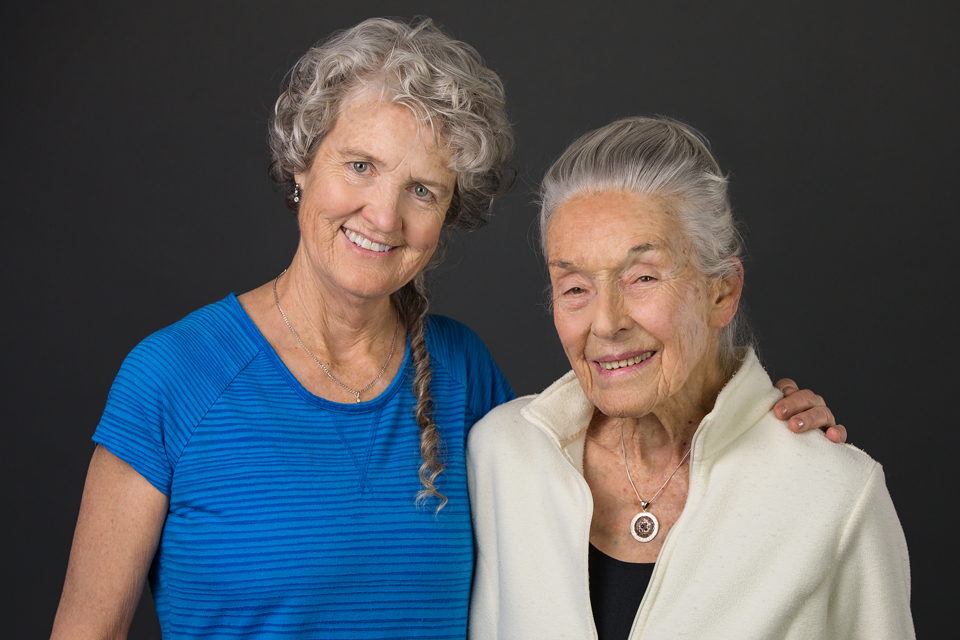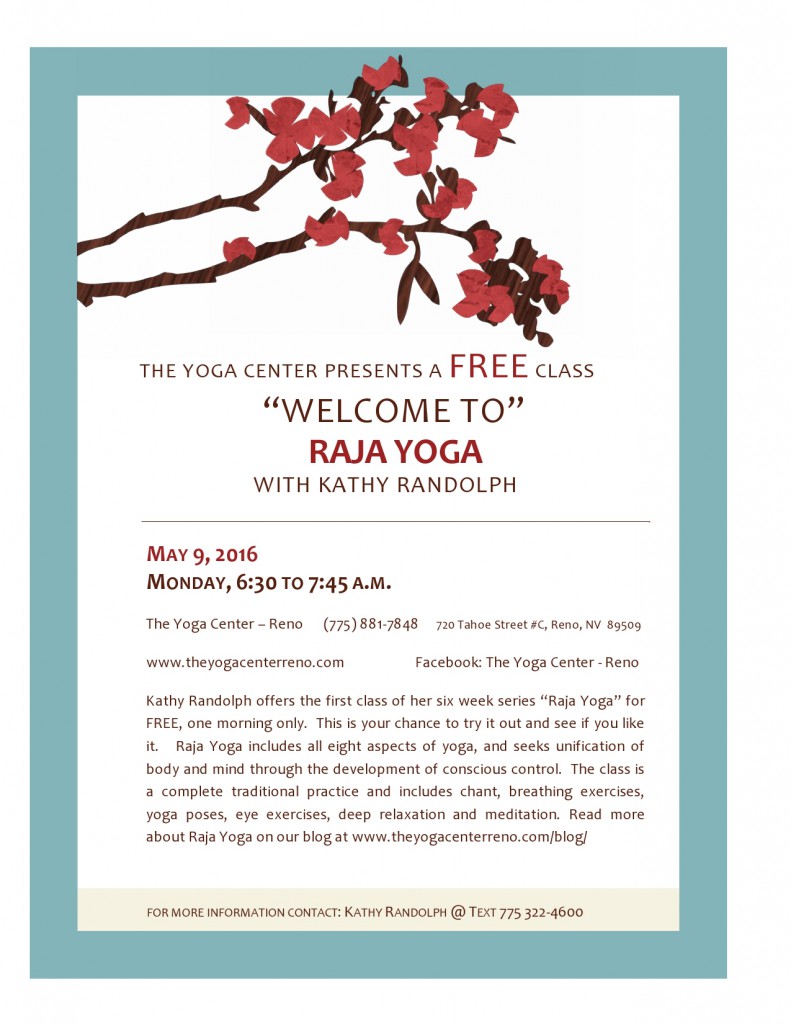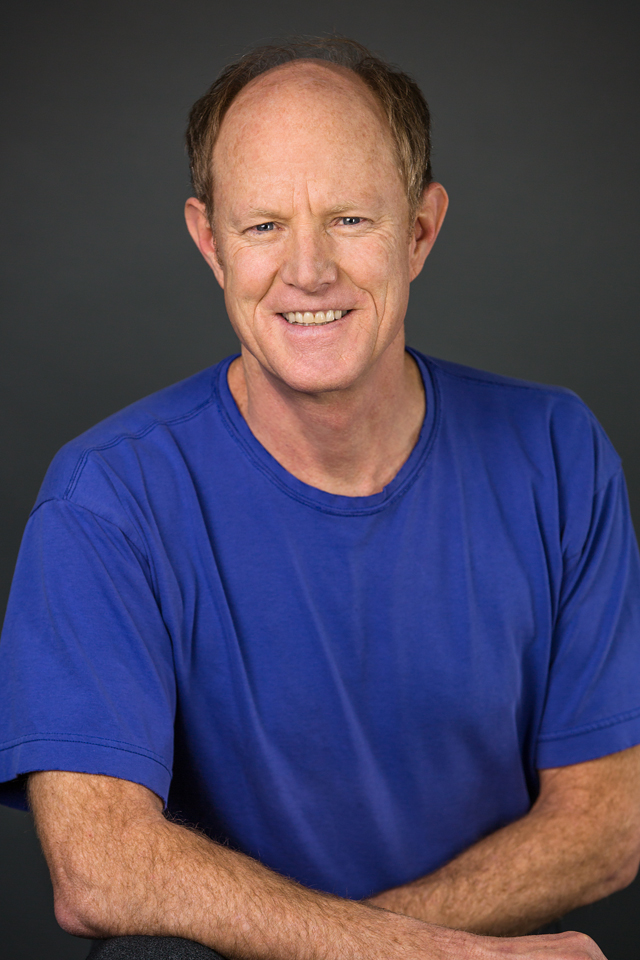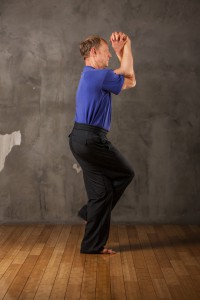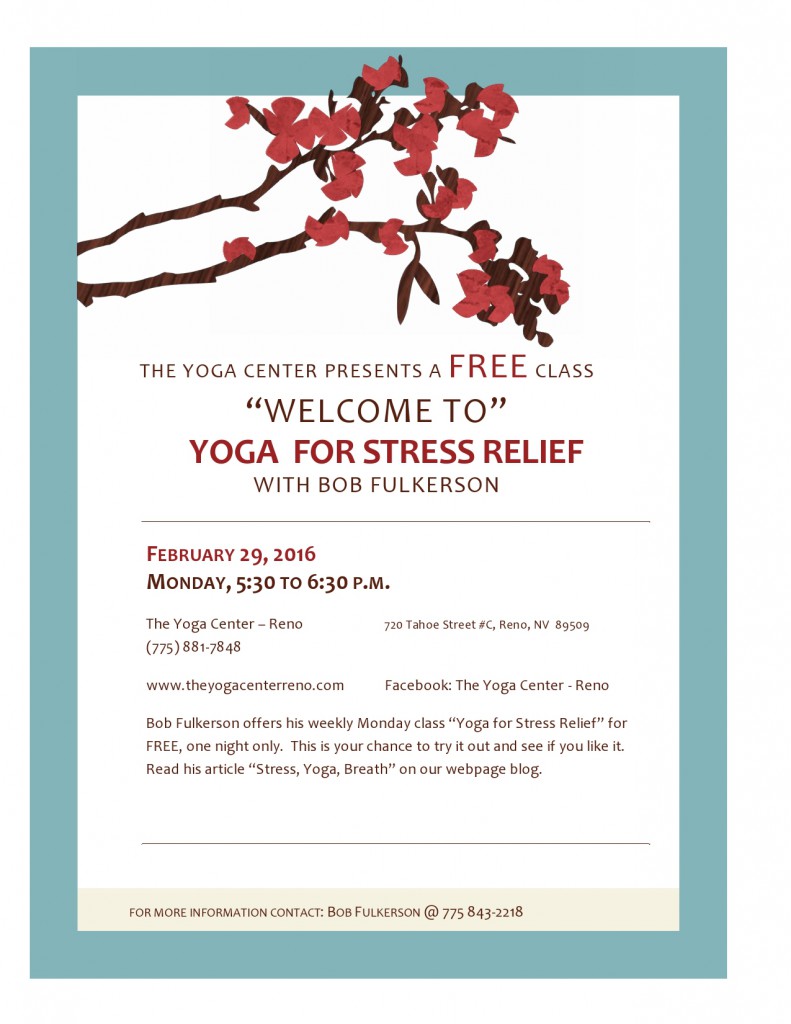Raja Yoga: Going Deeper
Yoga has been broadly divided into four principal paths for seeking more from life than the mundane outer existence:
Bhakti Yoga…………The way of devotional love for the Divine.
Karma Yoga………..The way of right action, or selfless service.
Jnana Yoga…………The way of knowledge and discrimination.
Raja Yoga……………The way of unification of body and mind through the development of conscious control.
Raja Yoga, often called “Royal Yoga” or the “Royal Road” includes the teachings of all these paths of yoga. It is the path of self-discipline and practice, using many techniques which help to control body, energy, senses and mind. Central to the path of Raja Yoga are the Yoga Sutras of Patanjali which codified Ashtanga (eight branched) Yoga as:
- Yamas…………………Outer behaviors and inner attitudes to avoid: violence, lying, stealing, sensuality and greed.
- Niyamas………………Practices and observances to cultivate: cleanliness, contentment, austerity, introspection, devotion.
- Asana………………….Practice of postures to gain control of the body, stillness.
- Pranayama………….Energy control, often breathing techniques.
- Pratyahara…………..Interiorization of the mind, withdrawing the senses from external objects.
- Dharana………………Concentration.
- Dhyana………………..Meditation.
- Samadhi………………Enlightenment, the experience of Union.
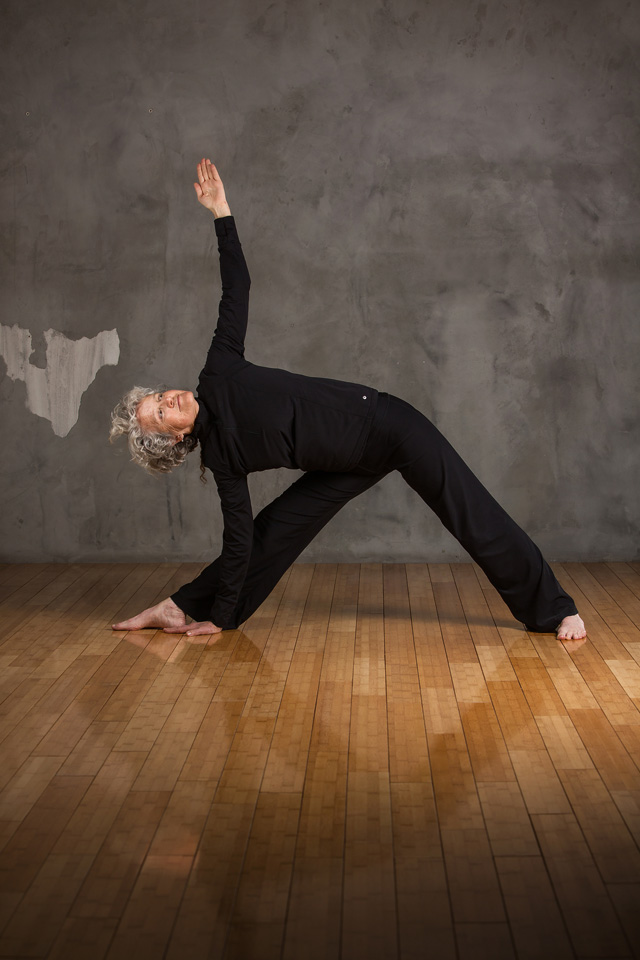 Hatha Yoga focuses on two steps of the eight-fold path, asana (postures) and pranayama (breath practices) preparing the body for the journey toward enlightenment. Through asana the body is quieted and the mind becomes calm, providing the control essential for bodily stillness and a heightened awareness of the subtle nature of the breath. In pranayama, the observation and experiencing of the breath convert it from an autonomic function to a conscious one, combining the physical and spiritual qualities of the breath. Pranayama serves as a bridge between our states of being: conscious and unconscious, voluntary and involuntary, internal and external and provides a gateway to the higher levels of development. Hatha Yoga brings the body and breath into balance, in order to calm the disturbances of the mind in preparation for the deeper practice of meditation.
Hatha Yoga focuses on two steps of the eight-fold path, asana (postures) and pranayama (breath practices) preparing the body for the journey toward enlightenment. Through asana the body is quieted and the mind becomes calm, providing the control essential for bodily stillness and a heightened awareness of the subtle nature of the breath. In pranayama, the observation and experiencing of the breath convert it from an autonomic function to a conscious one, combining the physical and spiritual qualities of the breath. Pranayama serves as a bridge between our states of being: conscious and unconscious, voluntary and involuntary, internal and external and provides a gateway to the higher levels of development. Hatha Yoga brings the body and breath into balance, in order to calm the disturbances of the mind in preparation for the deeper practice of meditation.
A Raja Yoga practice includes techniques to practice all eight aspects of yoga: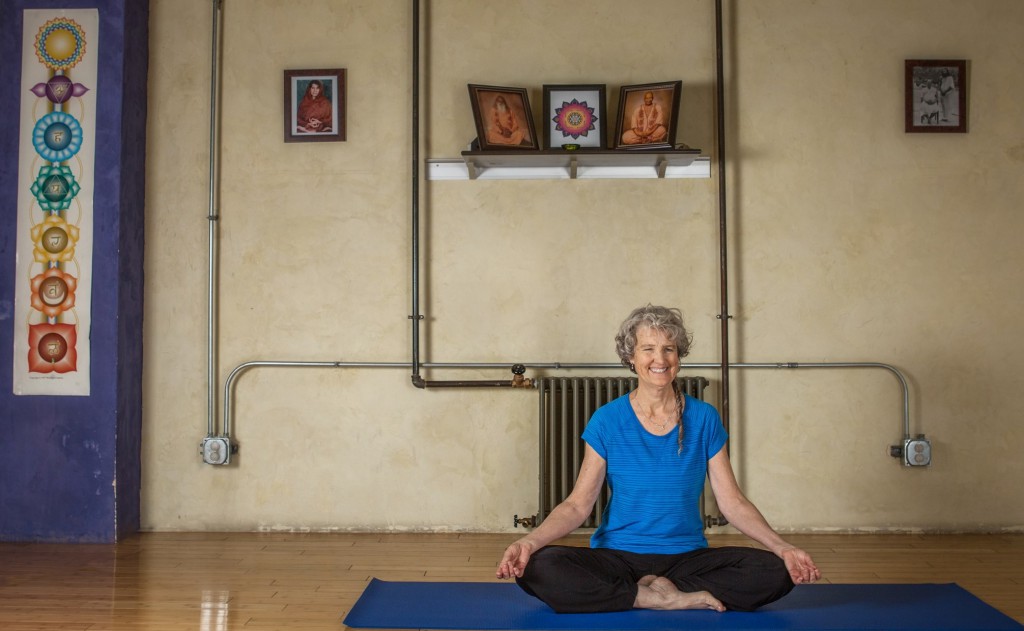
- Kirtan (chant)
- Netra Vyayamam (eye exercises)
- Surya Namaskar (sun salutation)
- Asana (yoga postures)
- Yoga Nidra (deep relaxation)
- Pranayama (breathing exercises)
- Dhyana (meditation)
Swami Satchidananda tells us “A body of perfect health and strength, mind with all clarity and calmness, intellect as sharp as a razor, will as pliable as steel, heart full of love and compassion, life full of dedication and Realization of the True Self is the Goal of Integral Yoga. Attain this through asanas, pranayama, chanting of Holy Names, self-discipline, selfless action, mantra japa, meditation, study and reflection.”
1) Sri Swami Satchidananda, The Yoga Sutras of Patanjali/translation and commentary by Sri Swami Satchidananda, Integral Yoga Publications, 2012.
2) Sri Swami Satchidananda, Integral Yoga Hatha, Integral Yoga Publications, 1995,
3) Sri Swami Sivananda, The Science of Pranayama, The Divine Life Society, 1935.
4) Sri Swami Satchidananda, The Breath of Life:Integral Yoga Pranayama: Integral Yoga Publications, 1993,
I am grateful to my teachers Lisa Dalberg and Sonia Sumar for their wisdom, grace and generosity. After decades of hatha yoga practice I began my study of Integral Yoga, a Raja Yoga tradition, with Lisa in 1990. In 1999 with Lisa’s encouragement I expanded my Integral Yoga study with Sonia Sumar, the creator of Yoga for the Special Child. I completed my Hatha Yoga Teacher Training Program at Sonia’s Satchidananda Yoga Center in 2004. I continue to train with both of these inspiring women whose teaching and example take me ever deeper into my practice.
I hope you will join me at my “Raja Yoga” class on Mondays, 6:30 to 7:45 a.m. beginning May 9 through June 13, 2016. On Monday, May 9 The Yoga Center presents “Welcome to Raja Yoga” a FREE class so you can try it and see if it takes you deeper into your practice. Beginning on June 20, 2016 my “Raja Yoga” class is now weekly, 6:30 to 7:45 a.m. on Mondays, $48 for a six week series, all proceeds provide sponsorships for Yoga for the Special Child group class students. I hope you will join me to deepen your yoga practice and enjoy the Karma Yoga of providing yoga classes for children with special needs.
